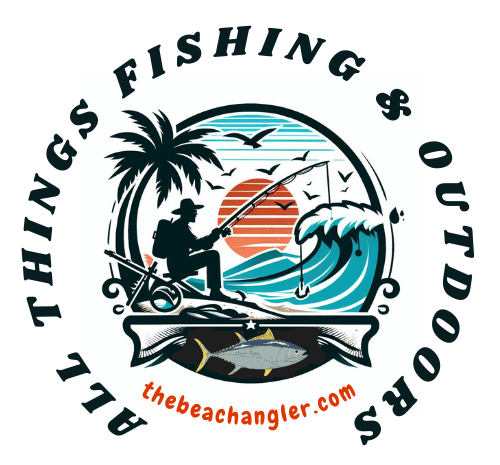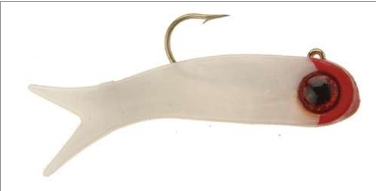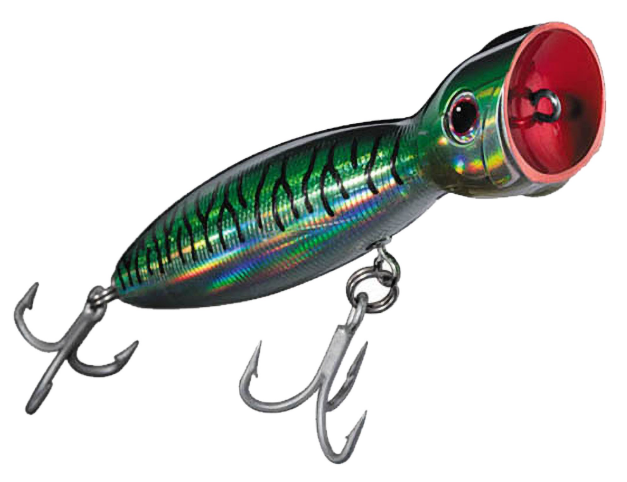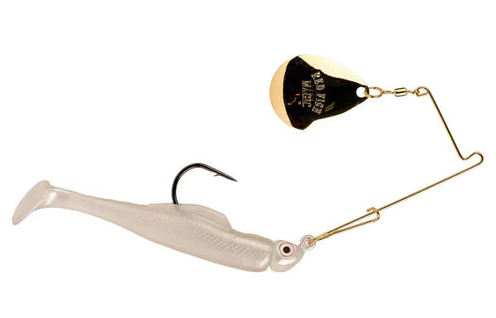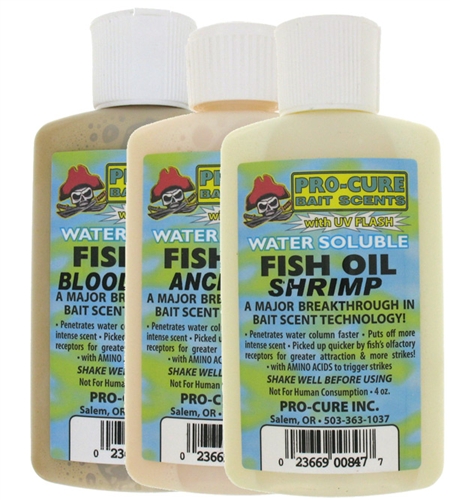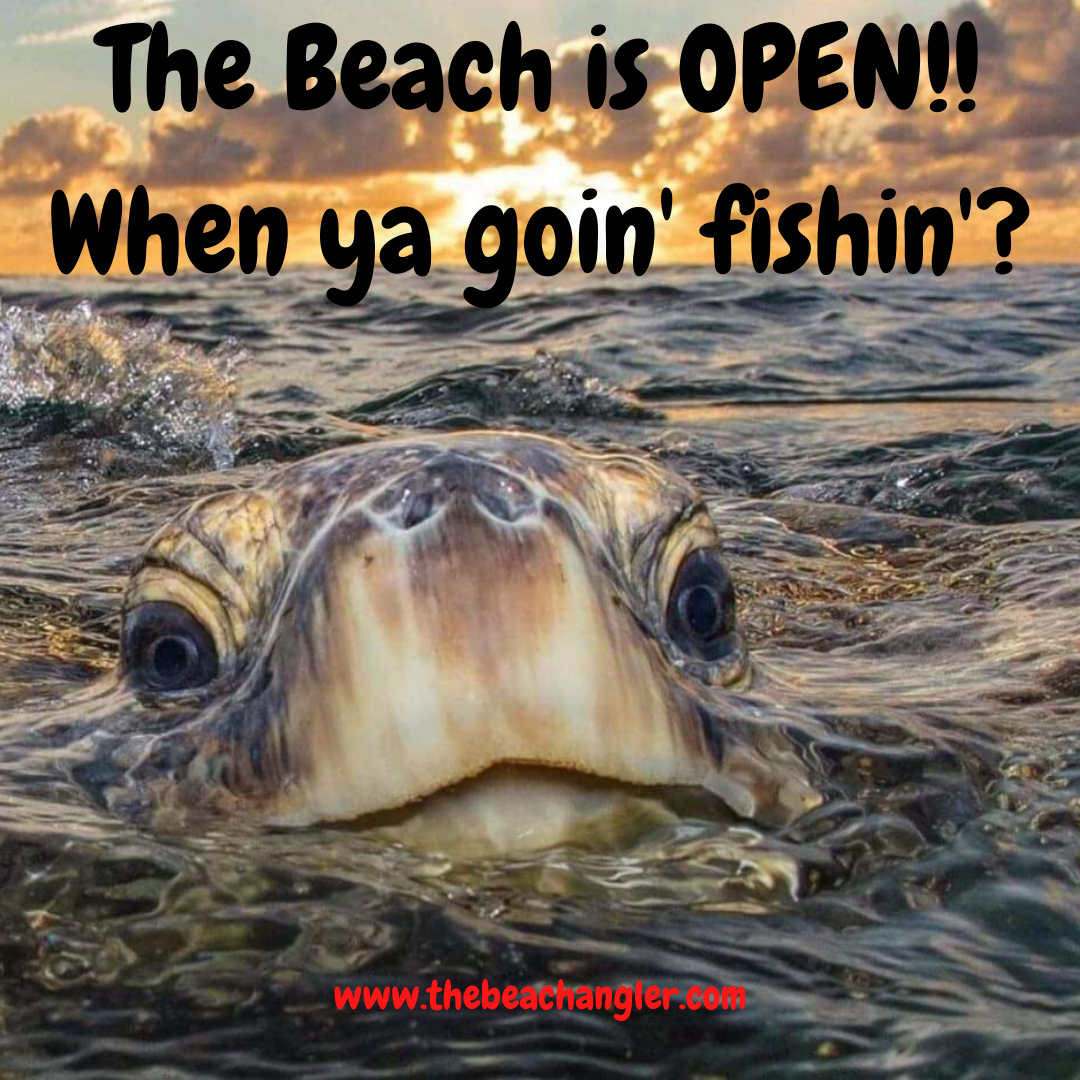Saltwater fishing lures are another important tool for any serious angler to have in their tackle arsenal. In fact, there are some “purists” who only fish with lures. They enjoy the challenge of fooling fish with artificials. I get that, but then there are those like me who simply want to catch fish and will use whatever works. 😉
Follow along and we will cover everything you need to know about saltwater fishing lures, including the different types of lures, the science behind lures, how they stack up to natural baits, how to choose the right lures for your needs, and tips for using them effectively.
QUICK LOOK:
Fishing lures have been around since at least 2000 BC. They are designed to imitate the natural forage of the targeted fish species. There is a wide variety of types, sizes, and colors of saltwater fishing lures. They allow you to catch fish when natural bait may be scarce or unavailable. And, they give you the ability to adjust your fishing technique to match the hatch as conditions change. Saltwater fishing lures are an essential part of any serious saltwater angler’s tackle arsenal.
Introduction to Saltwater Fishing Lures
Fishing lures are made in various creative designs like top-water lures, in-line spinner lures, and popper lures. They are designed to mimic prey animals (e.g. baitfish, crustaceans, insects, worms, etc.) that attract the attention of predatory fish, typically via appearances, flashy colors, bright reflections, movements, vibrations, and/or loud noises which appeal to the fish’s predation instinct and entice it into gulping the lure.
Saltwater fishing lures are artificial baits that are designed to mimic the appearance and movement of real fish. They are used to attract fish and entice them to bite the hook. Lures come in a variety of shapes, sizes, colors, and materials, each designed to target specific fish species and fishing conditions.
The Role of Lures in Saltwater Fishing
Lures play a critical role in saltwater fishing. They are used to attract fish and entice them to bite the hook. Unlike live bait, lures can be used repeatedly and do not require constant maintenance. They are also more versatile than live bait, as they can be used to target a wide range of fish species and fishing conditions.
The History of Fishing Lures
The use of artificial lures for fishing dates back to the seventeenth century. In those days, anglers made virtually everything themselves, although local craftsmen were often prepared to make rods to order and hooks could also be bought. The ancient Chinese and Egyptians practiced angling with fishing rods, hooks, and lines as early as 2,000 B.C., though most of the first fishermen used handlines.
Modern spoon lures appear to have originated in Scandinavia in the late 1700s. English tackle shops are recorded as selling tin minnows in the middle of the 18th century, and realistic imitations of bugs and grubs made from painted rubber appeared as early as 1800.
Saltwater vs Freshwater Lures

Saltwater and freshwater fishing lures differ in their design, construction, and materials used. Saltwater lures are typically more durable and can handle harsher conditions than freshwater lures. They are designed to withstand the corrosive effects of saltwater and are often made of materials such as stainless steel, titanium, or other corrosion-resistant alloys.
Freshwater lures, on the other hand, are not exposed to saltwater and do not require the same level of durability. They are often made of materials such as plastic, rubber, or wood.
Another difference between saltwater and freshwater lures is their effectiveness in different environments. Saltwater lures are designed to attract larger, more powerful fish that live in the ocean, while freshwater lures are designed to attract smaller fish that live in rivers, lakes, and ponds.
In summary, saltwater and freshwater fishing lures differ in their durability, materials, and effectiveness in different environments. Choosing the right lure for your needs will depend on a variety of factors, including the type of fish you are targeting, the fishing conditions, and your personal preferences.
Saltwater Fishing Lures vs Natural Baits: Advantages and Disadvantages
When it comes to choosing between saltwater fishing lures and natural baits, there are several factors to consider. Here are some advantages and disadvantages of each:
Advantages of Saltwater Fishing Lures:
| Durability: | Lures are more durable than natural baits and can be used multiple times, making them more cost-effective in the long run. |
| Versatility: | There are many types of lures available, each with different sizes, shapes, colors, and actions, allowing fishermen to choose the best option for their target fish. |
| Ease of Use: | Lures are easier to store and handle than natural baits, making them more convenient to carry. |
| Availability: | Lures are available even when natural bait is scares or unavailable. |
Disadvantages of Saltwater Fishing Lures:
| Less Natural: | Lures do not have the same scent and movement as natural baits, which can make them less effective in certain conditions. |
| Less Attractive: | Lures, in general, don’t give off the same vibrations, scent, or electromagnetic attraction as natural baits. |
| Less Effective in Murky Water: | The factors mentioned above make lures less effective In murky water and cloudy conditions. Dark-colored lures are more effective than light-colored lures in these conditions. |
Advantages of Natural Baits:
| More Natural: | Natural baits have a scent and movement that can attract more fish, especially if the bait is native to the area and a major forage species for the fish you are targeting. |
| Attracts More Fish: | Natural baits can attract a wider range of fish species than lures. This can also become a disadvantage when non-target, or “trash” fish, become a problem. |
| More Effective in Murky Water: | In murky water and cloudy conditions, the scents, oils, and vibrations of natural baits make them more effective than lures. |
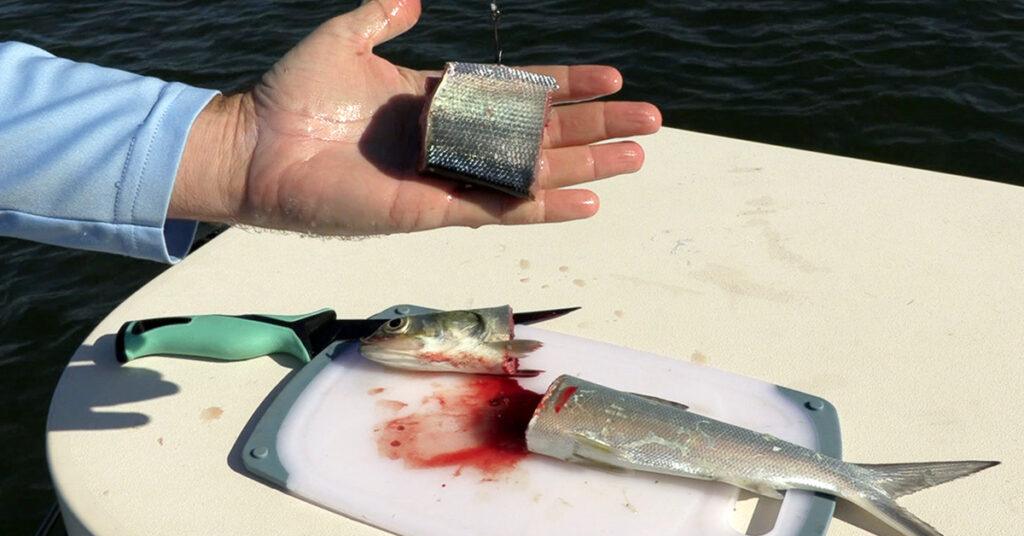
Disadvantages of Natural Baits:
| Limited Lifespan: | Natural baits have a limited lifespan and can die quickly, reducing their effectiveness. |
| Messy: | Natural baits can be messy and difficult to handle, especially if the fisherman has to keep them alive for an extended period. |
| Difficult to Store: | Natural baits require special storage conditions, making them less convenient to carry. |
| Cost: | Natural baits, particularly live baits, can get very expensive. |
Ultimately, the choice between saltwater fishing lures and natural baits depends on personal preference, the type of fish being targeted, and the conditions of the water. Both options have their own advantages and disadvantages, and choosing the right option can increase the chances of a successful fishing trip.
Overview of the Types and Variations of Saltwater Fishing Lures
There are many different types of saltwater fishing lures, each designed to target specific fish species and fishing conditions. Some of the most common types of saltwater fishing lures include jigs, plugs, poppers, and soft plastics. Jigs are versatile lures that can be used to target a wide range of fish species.
Plugs are hard-bodied lures that are designed to mimic the appearance and movement of real fish. Poppers are topwater lures that create a popping sound when retrieved, attracting fish to the surface. Soft plastics are rubbery lures that can be molded into a variety of shapes and sizes, making them highly versatile.
The Anatomy of Saltwater Fishing Lures
Saltwater fishing lures are made up of several different parts, each of which contributes to the overall performance of the lure. Some of the most important parts of a saltwater fishing lure include the hook, the body, and the tail. The hook is the part of the lure that attaches to the fishing line and holds the bait. The body of the lure is the part that mimics the appearance of a real fish, while the tail is the part that creates movement and attracts fish.
There are several types of saltwater fishing lures that you can use to catch different fish species. Here are some of the most common types of saltwater fishing lures and their uses:
Lead-headed jigs: These are probably the most popular of the artificial saltwater fishing lures. They consist of a hook with a lead head and a trailer and imitate everything from saltwater baitfish to crustaceans to invertebrates. A streamlined jig head will sink faster, while a wider head will flutter down or work higher in the water column. A jig with deer hair tied to its head is called a bucktail.
Metal jigs: These are saltwater fishing lures that can be bounced across the bottom or cast out and worked back. Deeper jigs will be narrow, while casting jigs are wider. It is a good idea to add a short piece of leader and a swivel to the jig to keep it from twisting the line.
Poppers: These are saltwater fishing lures that splash across the surface, drawing a reaction bite from aggressive predators, and work best at dawn and dusk when fish are more likely to feed on the surface. To work a popper, reel at a steady pace while jerking the rod tip to make the lure splash and chug. “Walking the Dog” is a special technique used with torpedo-shaped topwater plugs. Hold the rod with the tip pointing toward the water and retrieve line while jerking the tip from left to right, making the fishing lure zigzag across the surface.
Plug fishing lures: These are saltwater fishing lures that are designed to mimic the movement of live baitfish. They are typically made of wood or plastic and come in a variety of shapes and sizes. Some plugs are designed to float on the surface, while others are designed to sink to the bottom.
Spoon fishing lures: These are saltwater fishing lures that are designed to imitate the movement of a wounded baitfish. They are typically made of metal and come in a variety of shapes and sizes. Some spoons are designed to sink to the bottom, while others are designed to float on the surface.
Spinnerbaits: These are saltwater fishing lures that are designed to spin as they move through the water. They are typically made of metal and come in a variety of shapes and sizes. Some spinnerbaits are designed to sink to the bottom, while others are designed to float on the surface.
Understanding the Science Behind Fishing Lures
Fishing lures are designed to mimic the appearance, movement, and scent of prey to attract fish. The science behind fishing lures is a complex and fascinating topic that involves many factors, including lure design, color, material, and scent. Different lure designs attract different fish species by mimicking the appearance and movement of their natural prey.
For example, lures with a long, slender shape and a tapered tail are often used to catch fish that feed on small baitfish, while lures with a rounder shape and a wider tail are more effective for catching fish that feed on larger prey.
Jigs are effective for catching bottom-dwelling fish, while topwater lures like poppers are effective for catching fish that feed near the surface. The color and material of the lure can also play a significant role in its effectiveness. Fish have specialized cells in their eyes that can detect different wavelengths of light, allowing them to see colors that we cannot. Light travels in waves, and the length of these waves determines the color we see.
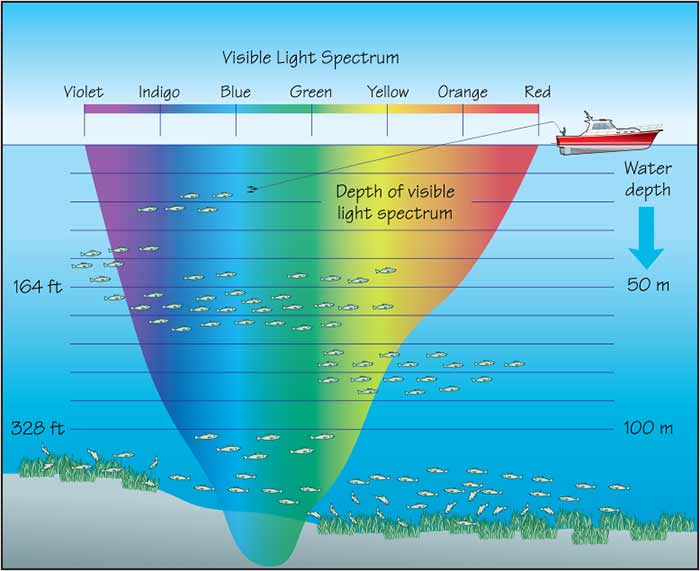
When light hits an object, some of the wavelengths are absorbed, while others are reflected. The wavelengths that are reflected are what we see as color. Brightly colored lures are often more effective in murky water, while natural-colored lures are more effective in clear water.
Lure colors play more of a role than many anglers realize. For example, light colored lures are typically more effective in clear water and sunny conditions, while dark colored lures are more effective in murky water and cloudy conditions. Similarly, the material used in lures can affect their buoyancy, durability, and action in the water.
Soft plastic lures feel more natural and fish may hold on longer after the strike. Hard plastic, or metal lures, are much more durable and typically produce more vibration and flash in the water column.
Using Scents and Attractants with Saltwater Fishing Lures
Scents and attractants are also used with lures to increase their effectiveness. Fish have specialized organs in their bodies that allow them to detect different chemical signatures in the water. Some lures are infused with scents and attractants that mimic the scent of natural prey, making them more attractive to fish.
However, not all scents are created equal, and some are more effective than others. For example, scents that are water-soluble are more effective than those that are oil-based, as they dissolve in the water and give the fish something to hone in on.
Some saltwater fishing lures, like D.O.A. Lures and Berkley Gulp, have scents added to the lures during the manufacturing process.
Importance of Choosing the Right Lure for Successful Fishing
Choosing the right lure for your fishing needs can be challenging. The right lure will depend on a variety of factors, including the type of fish you are targeting, the fishing conditions, and your personal preferences. Some of the most important factors to consider when choosing a lure include the size, color, and material of the lure.
How to Choose the Right Lure for Your Fishing Needs
Here are some tips to help you choose the right lure:
- Research the fish species you want to catch: Different fish species have different feeding habits and preferences. Knowing what type of baitfish or prey the fish species feeds on can help you choose the right lure.
- Match the size of the lure to the size of the bait the fish is eating: If the fish species you are targeting feeds on small baitfish, use a smaller lure that mimics the size and shape of the baitfish. Similarly, if the fish species feeds on larger prey, use a larger lure that mimics the size and shape of the prey.
- Consider the water temperature: The water temperature can affect the behavior of fish and their feeding habits. In colder water, finesse lures that move slowly and mimic the movement of small baitfish are more effective. In warmer water, faster-moving lures that mimic the movement of larger prey are more effective.
- Consider the water clarity: The clarity of the water can also affect the effectiveness of different lure colors. In clear water and sunny conditions, light-colored lures are more effective, while in murky water and cloudy conditions, dark-colored lures are more effective.
- Experiment with different lures: Different lures can be effective for the same fish species depending on the time of day, weather conditions, and other factors. Don’t be afraid to experiment with different lures to find what works best for you.
Common Mistakes to Avoid With Saltwater Fishing Lures
There are several common mistakes that anglers make when using saltwater fishing lures. These mistakes include using the wrong lure for the fishing conditions, using the wrong retrieve technique, and not checking the condition of the lure regularly. Here are some of the most common beginner mistakes and how to fix them:
- Using the wrong lure in the wrong place: For example, if you are fishing in a rocky bottom area with a lot of water movement, you don’t want to send anything heavy that sinks all the way to the bottom, gets caught on those boulders, and even worse, where there are strong currents that will push it into the rock and get it stuck. You’re going to want to stay up, toe up towards the top column. If not, you’re gonna want to be very seasoned in jigging because it’s not easy and a lot of times, if the current is too fast, don’t even bother. If fishing in weedy areas, consider a weedless lure. Try to cast downwind for your lure to go further. In higher winds use a heavier lure.
- Retrieving your lure too rapidly: Giving the fish insufficient opportunity to bite, or you’re simply fishing at the incorrect speed. You could be fishing it way too slow or way too fast. A slower retrieve generally gets more fish, but too rapid a retrieve will not bring me any. If fish is chasing your lure and you see the fish busting out, try slowing down the speed and give them a chance to eat it. If you are sight-casting, cast your lure in front of the fish – they don’t eat from their tail!.
- Not throwing the lure enough: There’s an old saying: The lure you catch the most fish with, is the lure you fish with the most. Sometimes, you could be doing everything perfectly but the fish are simply not there, you’re not there at the right tide, something’s going on with the moon, and there are so many different factors that you have to take into account. Have trust in your bait, these lures operate, they have worked in the past, and they have been proven. You must have confidence in yourself and stick to your strategy. If you are not catching, try switching to a different lure.
Maintenance and Care for Your Saltwater Fishing Lures
Proper maintenance and care of your saltwater fishing lures is critical to ensuring their longevity and best performance. Proper ways to clean and store your lures include rinsing them with freshwater after each use, storing them in a dry place, and checking them regularly for damage.
Frequently Asked Questions About Saltwater Fishing Lures

What is the best size for a fishing lure?
The best size for a fishing lure depends on the type of fish you are targeting, the fishing conditions, and your personal preferences. Typically, in the winter and spring, baitfish are smallest, so 3-4″ lures are recommended. In late summer and fall, the baitfish are at their biggest, so 4-5″ lures are recommended.
What are the different types of saltwater fishing lures?
There are many different types of saltwater fishing lures, including jigs, plugs, poppers, and soft plastics. Each type of lure is designed to target specific fish species and fishing conditions.
What is the difference between saltwater and freshwater fishing lures?
Saltwater lures are typically more durable and can handle harsher conditions than freshwater lures. They are designed to withstand the corrosive effects of saltwater and are often made of materials such as stainless steel, titanium, or other corrosion-resistant alloys. Freshwater lures, on the other hand, are not exposed to saltwater and do not require the same level of durability. They are often made of materials such as plastic, rubber, or wood.
What is the best color for a fishing lure?
The best color for a fishing lure depends on the fishing conditions. Brightly colored lures are often more effective in murky water, while natural-colored lures are more effective in clear water.
What is the best way to use a fishing lure?
The best way to use a fishing lure depends on the type of lure and the fish species you are targeting. Some effective techniques include using a slow retrieve, varying the speed of the retrieve, and using a stop-and-go retrieve.
Final Thoughts: Get Ya Some Saltwater Fishing Lures
If you fish in saltwater, you need a good assortment of saltwater fishing lures. You need specific lures for the fish you will be targeting. And, you will need a variety of colors, patterns, and lure types to cover the variety of fishing options and conditions you will be facing.
Whether you’re tossing soft plastics for speckled trout in the bay, trolling large swimbaits offshore for marlin, or throwing spoons in the surf for red drum there is a wide variety of saltwater fishing lures available to choose from. Using artificial lures gives you options for those times when natural bait is scarce or unavailable. Or, you want to cover a lot of water in a short period of time without the need to constantly rebait.
As always, stay safe, enjoy the journey and please try to leave it cleaner than you found it. If you have any comments, questions, ideas, or suggestions please leave them in the comment section below and I’ll get back to you ASAP. You can follow us on Facebook: Rex The Beach Angler, Instagram: thebeachangler7, Twitter: @AnglerBeach, and YouTube: Man Art Creations.
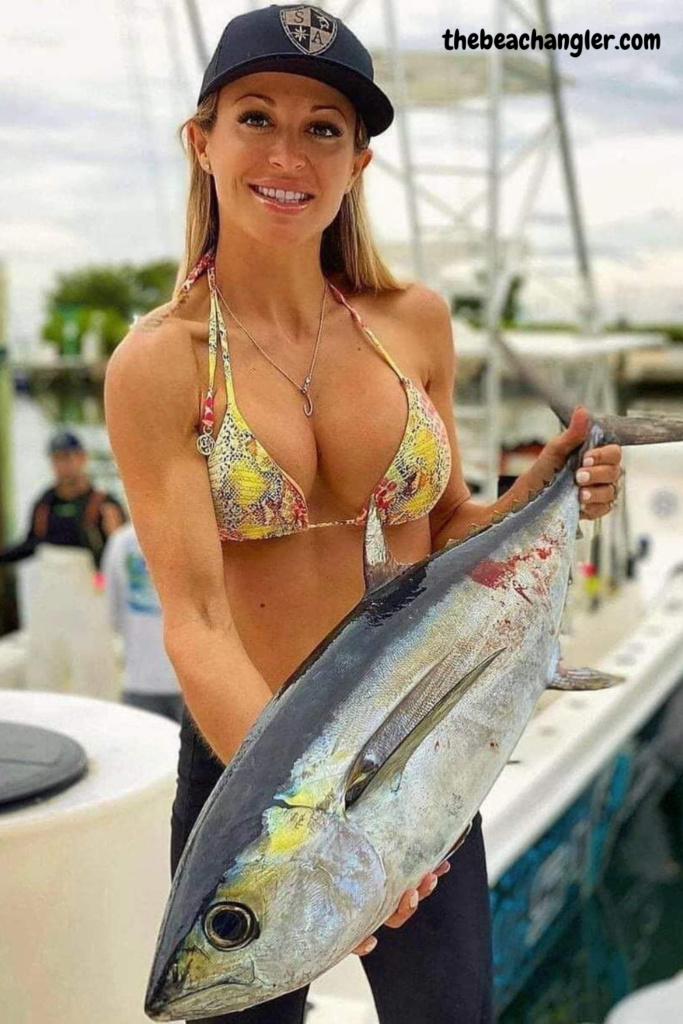
P.S. – Thanks so much for checking out our blog we really appreciate it. Just so you know, we may receive a commission if you click on some of the links that appear on our site. This helps us keep our content free and up-to-date for everyone. We appreciate your support!
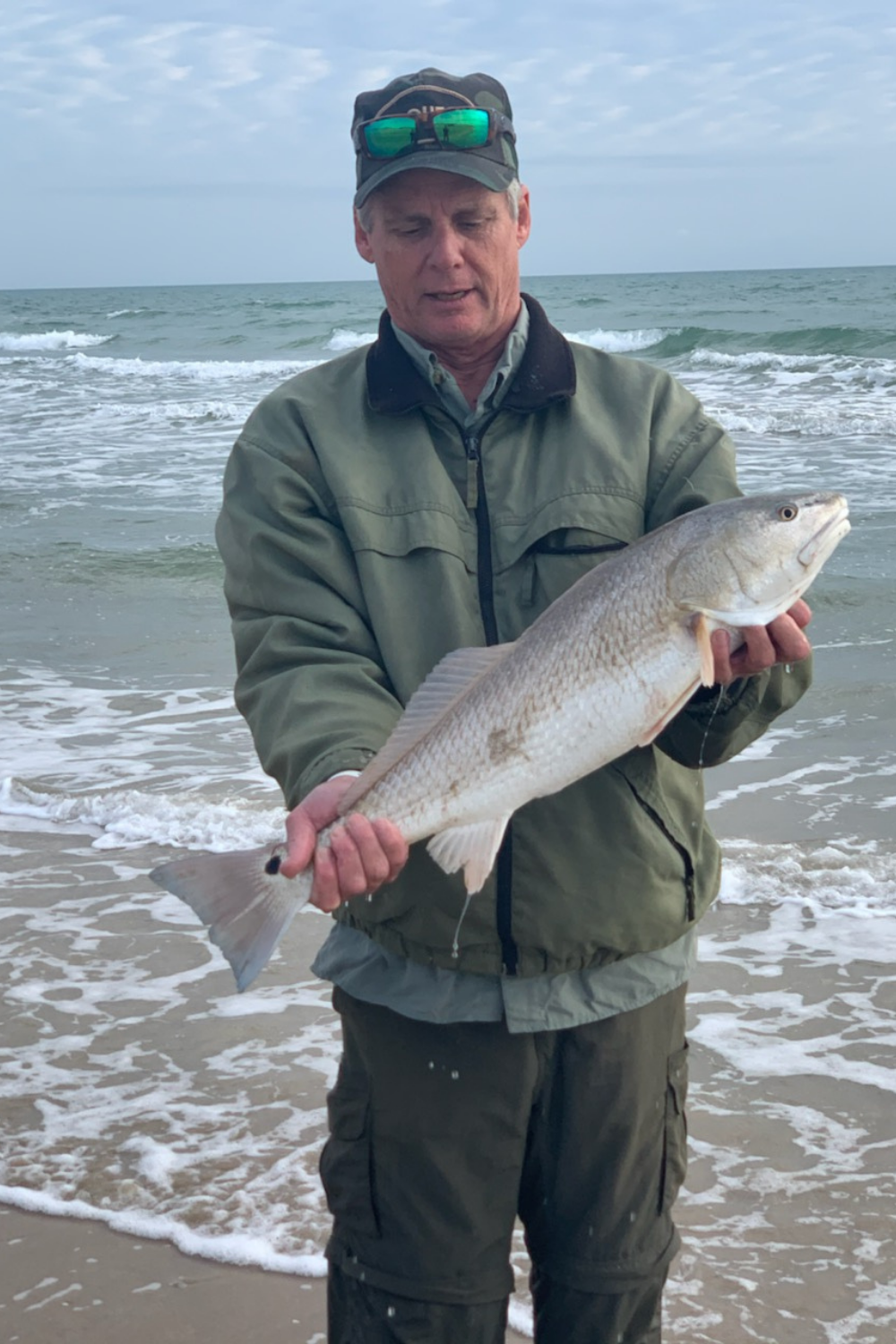
A life long surf fisherman with 50+ years of experience, I am also an avid hunter and outdoorsman. I will be sharing my passion for the outdoors with you so be prepared for hunting, fishing, camping, hiking and more. Along with gear reviews and the latest trends and innovations in the outdoor industry.
